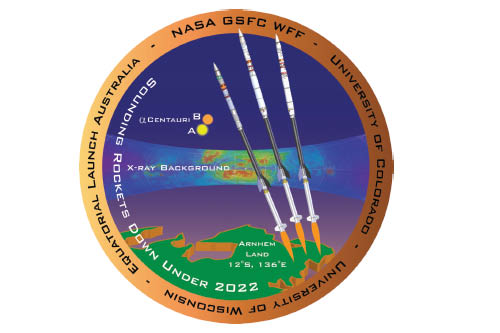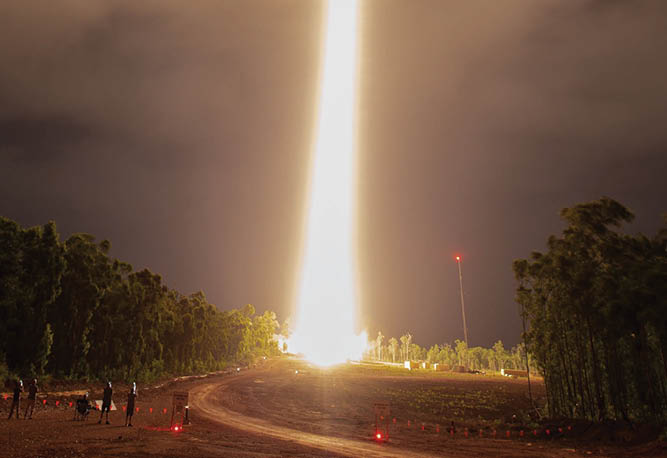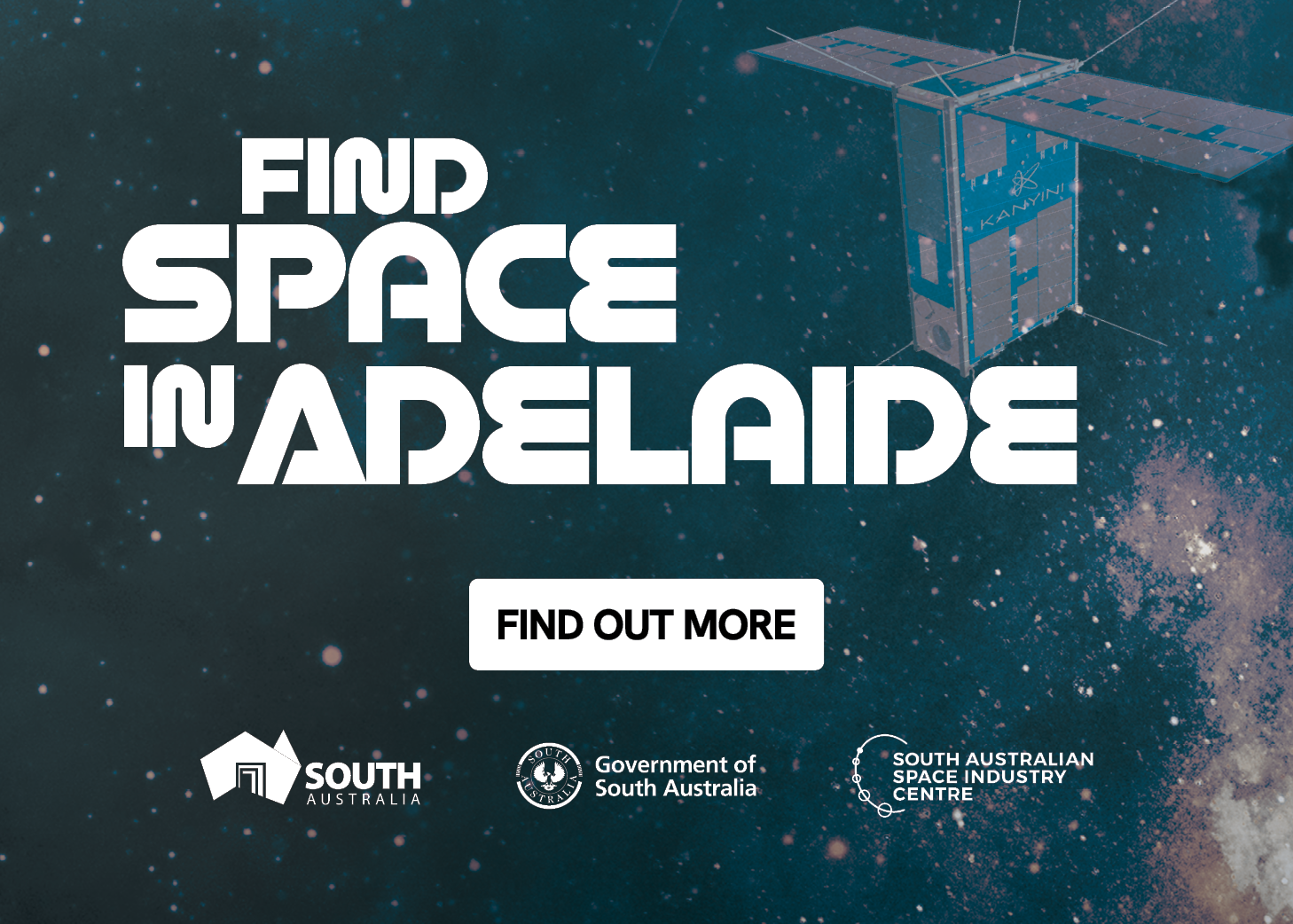A series of NASA rockets were launched into space from the Northern Territory between June and July, with the Australian Government signing-off on a history-making moment for the local space sector.
Three scientific suborbital sounding rockets were launched between 26 June and 12 July from the Arnhem Space Centre, which is owned and run by Equatorial Launch Australia.
This is the first time NASA has launched rockets from a commercial facility outside of the US. They were also the first NASA rockets launched from Australia since 1995, when launches were conducted from the Royal Australian Air Force Woomera Range Complex.
Around 75 NASA personnel were in Australia for the launches. The NASA missions will investigate heliophysics, astrophysics and planetary science phenomena only observable from the southern hemisphere.

Witnessing the first launch at the Arnhem Space Centre in June were the Chief Minister Natasha Fyles, Consul General of the United States Kathleen Lively, senior members of the Australian Space Agency and the space industry, Traditional Owners, the Northern Territory Government, stakeholders and supporters of ELA.
Michael Jones, Executive Chairman and Group CEO of ELA, said it was a historic night for ELA as it celebrated the first of many successful launches to happen at the Arnhem Space Centre.
“We are delighted to announce the successful completion of our first commercial space launch with our customer, NASA,” said Mr Jones.
“In the lead up to the launch, I was consistently asked if I was excited. I can officially now say, I’m excited. I’m excited both about the success of our launch but also for the future of ELA and the Australian space industry.
“We could never have dreamed of having such a supportive, experienced and professional partner as NASA. They have been unbelievably generous in helping us through this journey and we will be a much better organisation for their support.
“Today’s launch not only puts ELA at the forefront of global commercial space launch, it also confirms that we and Australia can provide access to space and this is just the beginning for us.
“It is a tremendous honour to celebrate the success of this milestone launch with NASA and everyone here at the Arnhem Space Centre will now refocus to ensure the success of the next two launches in July.
“Previously I’ve acknowledged the support of NASA, our investors, including the Northern Territory Government, but tonight I’d like to take the opportunity to thank my staff and the board of ELA for making this a reality.
Today, we have achieved a remarkable feat and made a huge mark in the history of Australia’s journey in space,” Mr Jones said.
June’s launch saw a sounding rocket travel over 300 kms in space, carrying an atmospheric observation/sensing platform to observe the Alpha Centauri A and B constellations.
Equatorial Launch Australia said it was “ramping up its capacity” so that over the next 18 months to two years, it will facilitate over 80 annual launches.
In October last year, the NT Labor Government announced it was co-investing $5 million into the sounding rocket launch alongside private investors, including Blackfyre Holding, Paspalis Innovation Investment Fund, and a group of sophisticated investors coordinated by Greenwich Capital.
Prime Minister Anthony Albanese says Australia needs to continue building on the legacy of the country’s space industry.
We can trace Australia’s connection to the space industry back to the 1950’s,” he said.
“This project will bring together global and local industry to take Australia’s space sector into a new era.”
ELA’s Arnhem Space Centre has been praised for its advantageous location at just 12 degrees from the equator. This allows launch vehicles to “leverage the earth’s rotation to gain extra velocity”, ELA said, meaning payload to fuel ratios will be far cheaper.
The launch facility will initially be equipped with three launch pads for sub-orbital launches and small orbital satellite vehicles.
Among other advantages, such as sparse population and minimal air traffic, making it a prime launch location, rockets will also be able to reach not only low-Earth orbit but geosynchronous equatorial orbit, lunar orbit and deep space, ELA says.
The NT launchpad will become one of the only commercial sites in Australia, along with the Whalers Way facility in South Australia, which is on its way to approval, and the Gilmour Space Technologies Bowen Orbital Spaceport in Queensland, which is expected to facilitate commercial launches in the future.
According to the NT Government, the Australian launch market is forecasted to be worth up to US$930 million over the next 10 years.
Head of the Australian Space Agency, Enrico Palermo, has hailed Equatorial Launch Australia’s landmark NASA rocket launch as a “meaningful next step” for the local industry.
“We’re at a point where we can leverage our strengths, our geography, our regulatory framework and our responsible approach to doing launch to attract a significant sector growing globally,” said Palermo.
“Once you have access to launch, you have full custody from building spacecraft to getting them into space and servicing them. When we do that, we become a regional space leader and can provide services for our partners in the region.”
The Arnhem Space Centre is located on the Dhupuma Plateau near Nhulunbuy, on the lands of the Gumatj people, who are the Traditional Custodians and Landowners. Traditional owners have been consulted as part of the approval process.
Main picture A NASA Black Brant IX suborbital sounding rocket was successfully launched at 7:01 am July 11, 2022, from the Arnhem Space Center. NASA Wallops/Brian Bonsteel.













